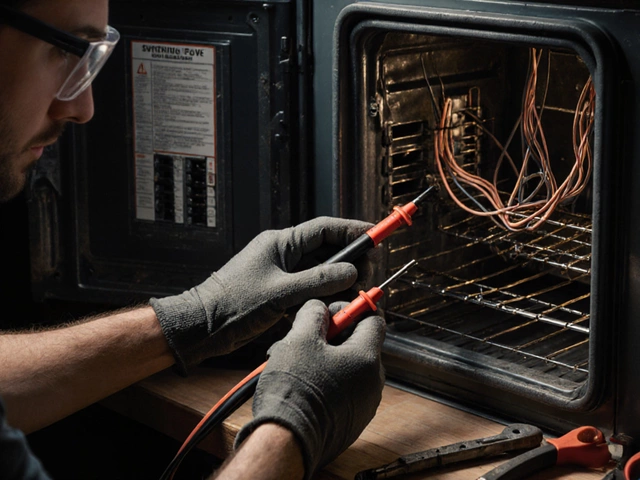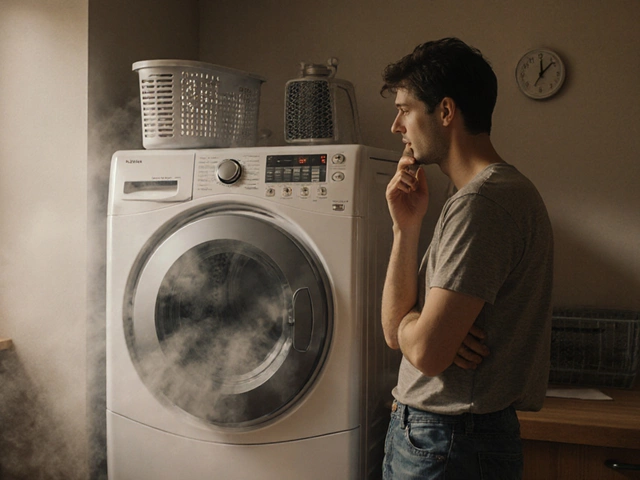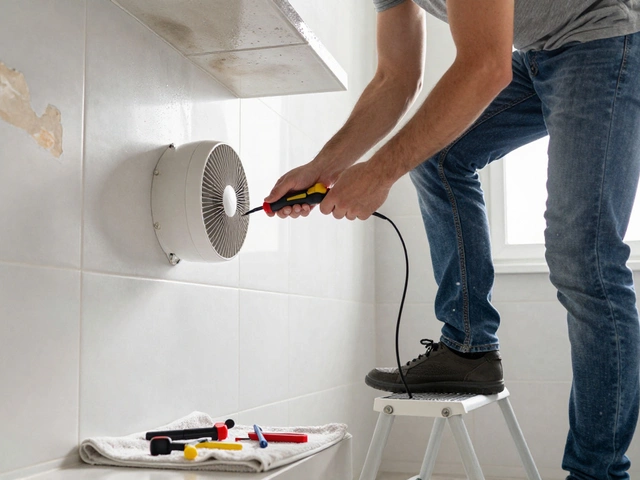Is Boiler Replacement a Big Job? What Homeowners Need to Know
October 10 2025Avoid Repair: Simple Steps to Keep Your Appliances Running Smoothly
Ever wish your kettle never needed a fix? The good news is most breakdowns happen because we skip easy upkeep. A few minutes each month can stop costly calls from the plumber or engineer.
Regular cleaning does the heavy lifting
Dust, grease and mineral build‑up are the main culprits behind fans, heaters and ovens choking up. Wipe the exterior of a fridge with a damp cloth once a week. Clean the filter of kitchen extractor fans every two months – a quick tap under running water is enough. For boilers, flush the system annually to remove sediment that forces the pump to work harder.
Schedule a quick service check
Most manufacturers recommend a professional service at least once a year. It costs far less than an emergency repair and catches worn seals, loose wires and rust before they cause a shutdown. Write the date in your phone calendar and treat it like a car MOT – you won’t forget.
Listen for odd noises. A humming boiler, a squealing fan or a rattling dishwasher are early warning signs. When you hear something out of the ordinary, turn off the appliance and give it a quick visual check. Tighten any loose bolts and make sure vents aren’t blocked.
Don’t ignore small leaks. A drip from a washing machine hose can turn into a flood if the hose bursts. Replace any cracked hose as soon as you see a leak. The same rule applies to water heater pressure relief valves – a sluggish valve means the tank is under stress.
Check the power supply. Loose plugs or tripped breakers are easy fixes that save you a technician call. Pull the plug, inspect the cord for fraying, and reset the breaker before assuming the appliance is broken.
Use appliances as intended. Overloading a dryer or running a dishwasher with an empty load shortens life spans. Follow the user manual’s load limits and cycle recommendations – they’re there to protect the machine.
Replace wear items before they fail completely. Oven heating elements, fridge door seals and extractor fan filters lose efficiency over time. Swapping them out when performance drops keeps the whole system running efficiently and can lower energy bills.
When a repair cost tops half the price of a new unit, it’s time to replace. Write down the quote, then compare it to the price of a comparable model. If the new one is only a little more expensive, the extra warranty and modern efficiency usually win.
Keep a simple log. Note the date, what was serviced, and any parts changed. Over months you’ll see patterns – a fridge that needs a new seal every two years, or a boiler that sputters after winter. That data helps you plan replacements before a sudden failure.
By staying on top of cleaning, quick checks, and scheduled services, you can avoid most emergency repairs. Your appliances stay reliable, your bills stay low, and you spare yourself the hassle of waiting for a technician.
 21 Dec
21 Dec
Key Moments to Skip Dryer Repairs: What to Know
Deciding when not to repair a dryer can save you time, money, and energy. While some issues can easily be fixed, recognizing situations where a repair is not worth the effort is crucial. This article explores common dryer problems and offers insights into when it's best to consider replacement over repair. Learn about safety hazards and financial considerations that influence the decision to retire your dryer. Get tips on evaluating repair costs and when it's preferable to invest in a new appliance.
Read More...



